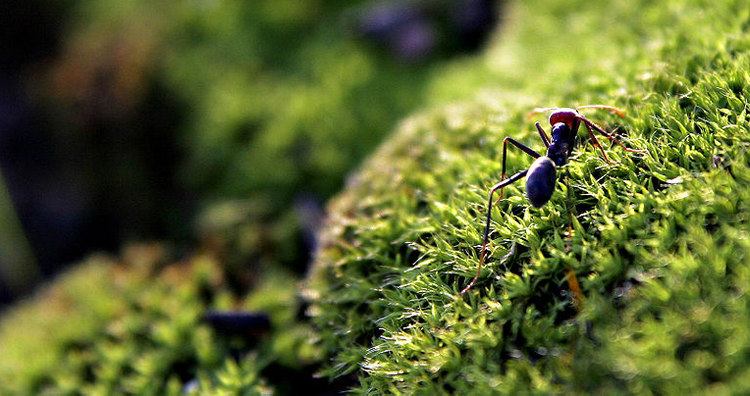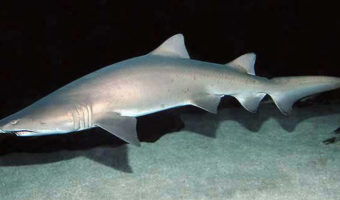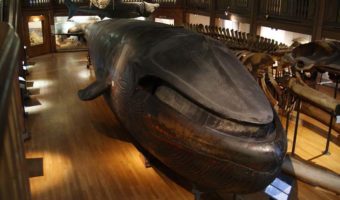10 Isolated Regions Where Life Evolved Differently
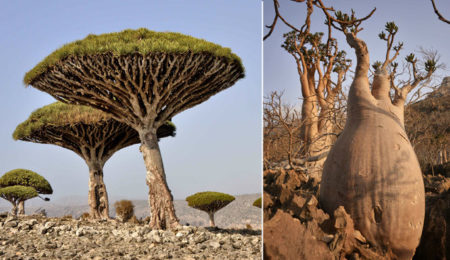
In 1831, Charles Darwin boarded the HMS Beagle and went on a voyage around the world visiting strange new lands and studying exotic flora and fauna. After his return in 1836, he began formulating what has become the most well-known and accepted theory about the origins of life on Earth. The basis for his understanding of evolution came from his visit to the Galapagos Islands, an archipelago that has been so isolated that it became home to vastly diverse endemic wildlife. There are several other isolated regions where life evolved differently from what we commonly see and here are a few of them.
1 Between the 63rd and 76th streets of New York City, scientists discovered a new species of ant that isn’t found anywhere else on Earth. They call it the “ManhattAnt.†New York is also home to unique species of centipede, sweet bee, and white-footed mouse.
According to Rob Dunn, a biology professor at North Carolina State University, the ant is a relative of cornfield ant. Though it looks like it’s from Europe, the scientists couldn’t match it to any European ant nor does it match any of the known 13,000 other species of ants. The ManhattAnt might have evolved in isolation in the “concrete jungle” and adapted to the warmer, drier environment of the city. Another factor is their diet of urban food rich in corn syrup, which scientists believe to be the reason for high levels of carbon in their bodies.
The ManhattAnt isn’t the only new species found in New York City. In 2002, scientists discovered a new species of centipede in Central Park. In 2010, a new species of sweet bee was found in Prospect Park. Scientists studying the white-footed mouse, a native of North America, found that the mice of the city are quite different genetically from their counterparts in the country. In fact, according to Jason Munshi-South of Baruch College, “…every park in New York has a genetically different population because they’re so isolated and change over time.” (source)
2 The Himalayas which make up the transition zone between the Palearctic and Indomalayan realms is a hotspot for biodiversity and endemism. It is home to 3,160 species of plants and 147 species of animals that are endemic.
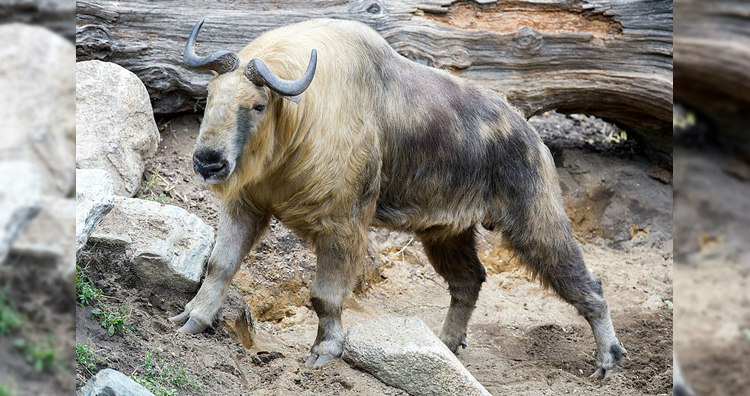
The Himalayan climate ranges from being a tropical one at the base to permanent ice and snow at the top. Just as the climate varies, so does the flora and fauna. The mountain range is home to endemic species of animals such as the Himalayan serow, Himalayan tahr, the takin, the Himalayan musk deer, and the Himalayan goral. It also boasts many native species that are becoming endangered due to over-exploitation, habitat loss, and climate change. (1, 2)
3 Lake Tanganyika, an African Great Lake, is so old and deep that it has evolved to be an ocean unto itself. It is home to over 300 species of fish, reptiles, mollusks, and crustaceans that cannot be found anywhere else in the world.Â
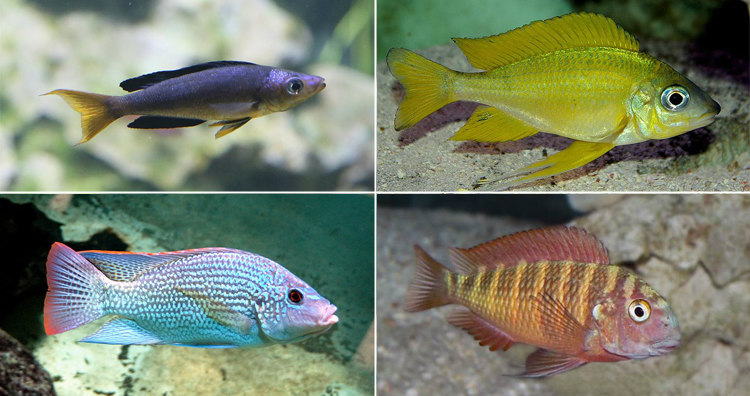
Lake Tanganyika is an ancient lake that was formed over 10 million years ago when a rift opened as the central and eastern subsections of African tectonic plates drifted apart. Because of its incredible depth (1,470 meters average to 4,820 feet maximum depth) and since it endured for millions of years, life in the lake had the opportunity to evolve into an abundance of new species. It is often referred to as the freshwater equivalent of an ocean.
The lake is known for its wide variety of fish, especially the 250 species of colorful cichlid fish of which 98% are endemic. The threatened subspecies of cobra known as “Storm’s water cobra” is also only found in the lake. Several freshwater species of snails, crabs, shrimp, leeches, sponges, jellyfish, and many other animals that aren’t anywhere else can be found here. (1, 2)
4 Outside the town of Cromwell, New Zealand, there is a farm home to a beetle called ‘Cromwell Chafer.’ This beetle isn’t found anywhere else on Earth except that 81-hectare land which has been declared a nature reserve for it.Â
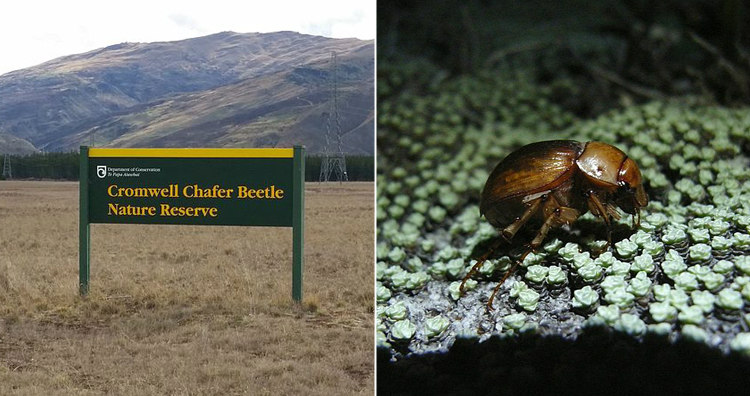
The beetles’ natural habitat is a small area of low sand dunes known as the Cromwell shallow land on the Cromwell river terrace. The large, reddish-brown beetles live underground as larvae for a year feeding on plant roots and emerge as adults during humid nights of spring and summer. Their original habitat was a 500-hectare which was destroyed following the construction of Clyde Dam and the formation of Lake Dunstan.
Several of the beetles were caught and relocated in the 1970s. The small, 81-hectare area is fenced off and was declared protected in 1979, and designated as Cromwell Chafer Beetle Nature Reserve in 1983. The protected residents, however, only utilize just about 12% of the land. They also must fight for survival because of introduced predators like little owls, hedgehogs, European earwigs, and redback spiders. (source)
5 Madagascar has wildlife so unique that over 90% of the species are endemic owing to its isolation from other land masses for over 88 million years.Â
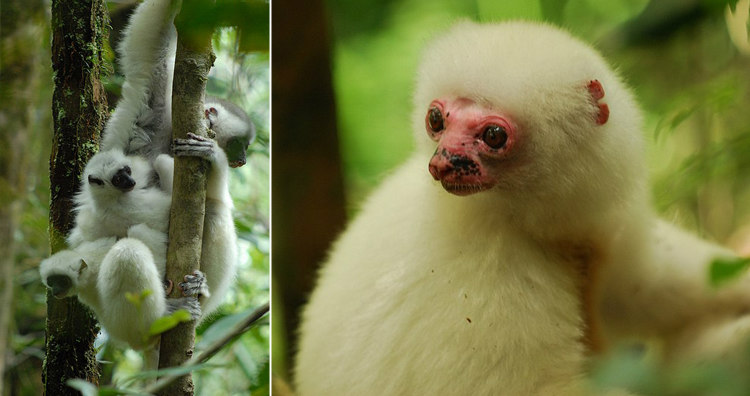
Over 135 million years ago when the Gondwanaland started to break apart, the landmasses of Madagascar, India, and Antarctica separated from that of Africa and South America. Later again, 88 million years ago, Madagascar separated from India. This isolation resulted in an abundance of plant and animal life that is so different from the neighboring continents that some ecologists consider it the “eighth continent.”
As of 2012, there are over 200 species of extant mammals. There are over 103 species and subspecies of lemurs including the most exotic looking silky sifaka, a lemur with long, silky, white fur. After the arrival of humans, at least 17 species of lemur have gone extinct. Another unique mammal is the fossa, a cat-like carnivore. Every single species of snail, and there are 651 of them, is endemic to the island and so are a vast majority of butterflies, spiders, dragonflies, lacewings, and scarab beetles. (source)














